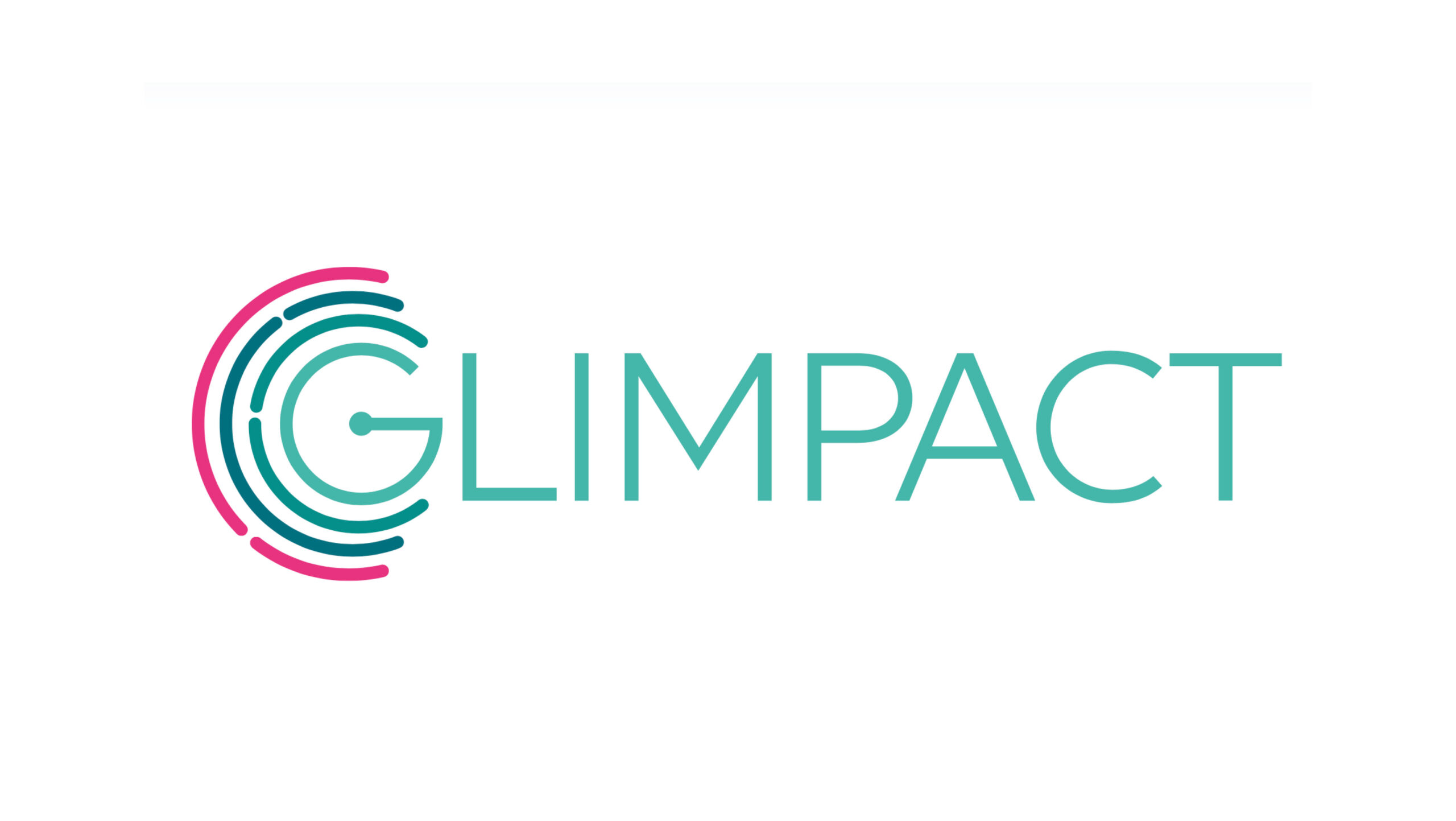
Focus
The Glimpact tool

Because we are a committed agency, we offer you the opportunity to promote your commitments through the media’s “responsible” offers, and also to optimise your campaigns according to the environmental criteria established by Ademe and the European Commission.
For the past 12 months, UDECAM’s CSR committee, chaired by Values, has been working on the creation of a common tool for all UDECAM member agencies to measure the environmental footprint of their clients’ media campaigns: Glimpact.
Why a common tool?
A common tool to align on the essential cornerstone of measurement and put our strengths in reducing our footprint.
A common tool to work towards greater responsibility in our sector, by being stronger collectively, and doing our bit for the French people and the public authorities.
Why the environmental footprint and not the carbon impact?
In a context where the rules for carbon calculators are not necessarily well established, there is a precise reference framework, defined by the European Commission*, which was the results of year of scientific work: the PEF (Product Environmental Footprint) method. It is based on 2 major pillars: Life Cycle Assessment and the calculation of 16 impact categories, including of course “climate change” (or carbon footprint). UDECAM has chosen this approach because it is based on a strong track record and a comprehensive, ambitious method.
The method takes into account the entire life cycle of the media campaign and thus:
- Creation: Creation of campaigns -> Meetings, exchange of emails and other files, video-conferencing, use of office space, etc.
- Production: Production of advertising media (text, video, etc.) and manufacture of physical media (newspapers, etc.).
- Mediatisation: Distribution of advertising on the various channels by the advertising agencies
- Use: Use of targets’ equipment to display the advertising message (smartphone, TV, etc.)
- End of life: End of life of the various equipment used (sales-house, user, etc.) and end of life of the physical media.
In accordance with the requirements of the method, we need to define a functional unit that represents the quantification of the function of a product/service to be evaluated and enables all products/services to be compared with each other by reducing their environmental footprint to a common unit.
The unit applied to media campaigns is: Broadcast an advertisement to reach 1000 contacts
To calculate the environmental footprint of media campaigns, to compare them with each other and to better eco-design them, we can test media plans beforehand or use campaign assessments afterwards thanks to our tool.
The criteria to be entered are the same as for campaign reports:
- Campaign duration
- Media used
- Country of distribution
- Number of contacts / impressions
- Frequency
- Visibility (completion rate)
- Type of file (video / image…)
- File size
- Type of broadcast (Wifi/4G…)
- Device (mobile / tablet…)
The approach launched by UDECAM is exemplary, in that it initiates an ambitious and collective approach to a genuine ecological transition of the market. The Glimpact teams are extremely proud to be supporting UDECAM in this groundbreaking project, with a structural impact on the media sector. The choice of the PEF (Product Environmental Footprint) method, the most advanced and demanding for environmental performance measurement, is indicative of UDECAM’s high level of ambition for this approach.